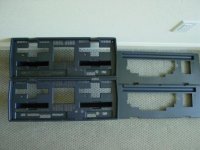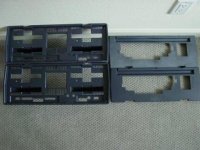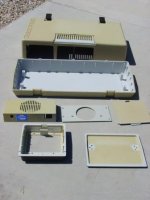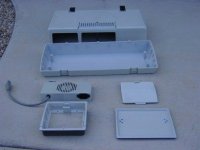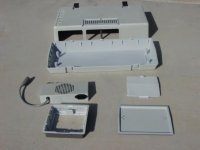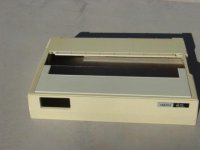Lorne,
In theory, you are adding more H2O2, but you are also adding more TAED, which is the magic ingredient which makes it all happen. You aren't adding much H2O2 in a 1/2 teaspoonful of Oxy, but the extra TAED will accelerate the H2O2 that's left in the solution, eventually, you will get to a point of diminishing return though. The chemical in Oxy is sodium
percarbonate, not the ordinary carbonate.
From the TAED Wiki, which is actually the correct one (Science bit again):-
TAED is an important component of detergents and bleaches. Its is an activator for "active oxygen" bleaching agents. Such active oxygen bleaching agents release hydrogen peroxide during the wash cycle. Such agents include sodium perborate, sodium percarbonate, sodium perphosphate, sodium persulfate, and urea peroxide. The released hydrogen peroxide is an inefficient bleach below 40 °C, except in the presence of activators such as TAED.
The activation process entails a reaction of the hydrogen peroxide with TAED to release peracetic acid, which is a fast-acting bleaching agent.
(CH3C(O))2NCH2CH2N(C(O)CH3)2 + H2O2 → (CH3C(O))2NCH2CH2NH(C(O)CH3) + CH3CO3H
This is what I've been talking about all along. The peracetic acid from the TAED is the magic part, the process doesn't work properly without it. The UV light destabilises the co-ordinate bond between the oxygen and the brominated flame retardant, so that the peracetic acid can release it and replace the oxygen with a hydrogen, effectively re-capping the polymer chain.
I actually understand this, it's not stereo instructions..... :mrgreen:
Believe me, you have the right stuff, in more ways than one.

/me starts humming the da daaa, da dadada daaaa daaaa tune, from the film The Right Stuff.....

